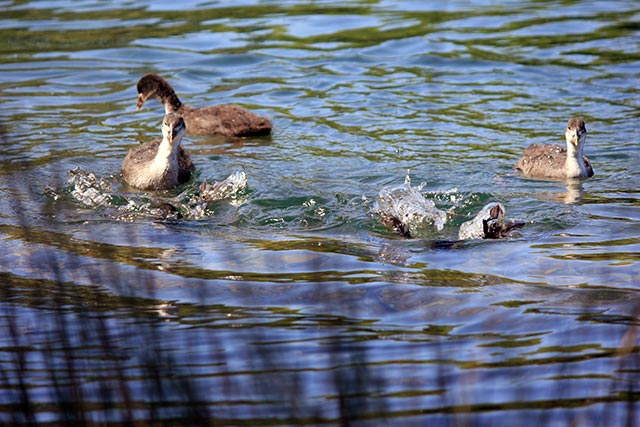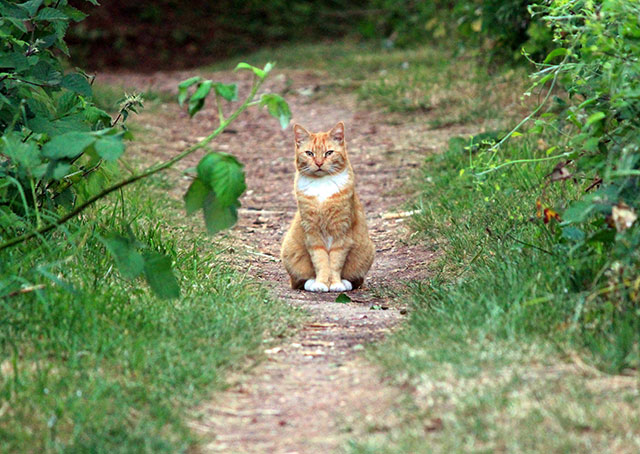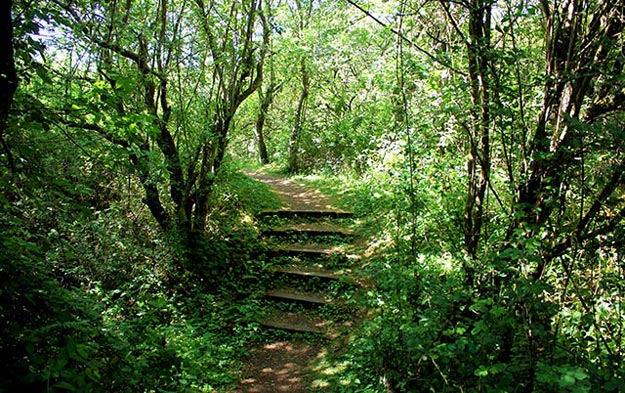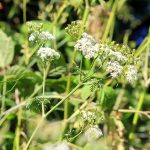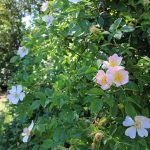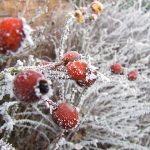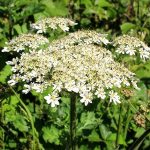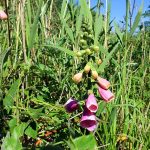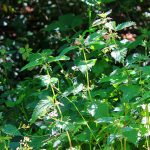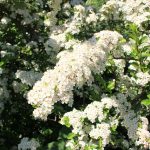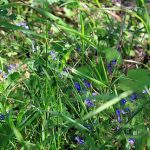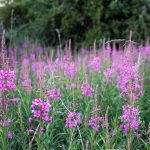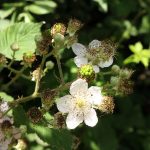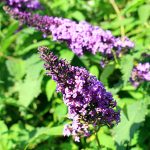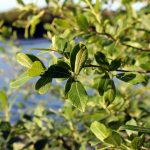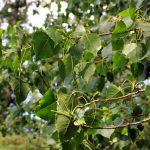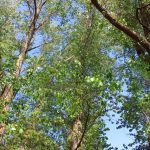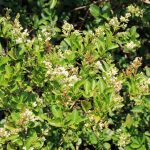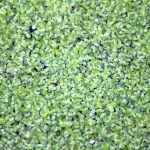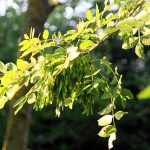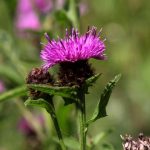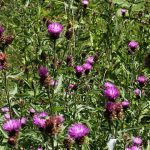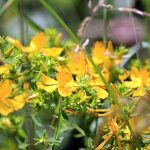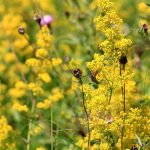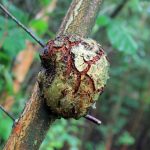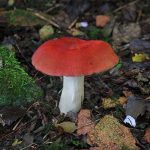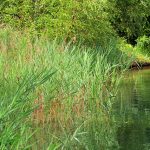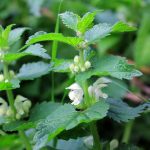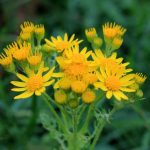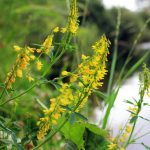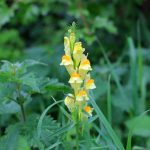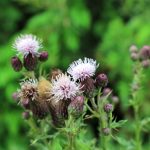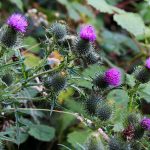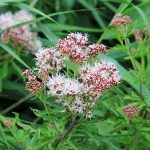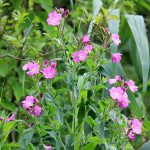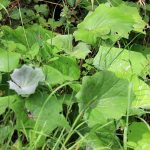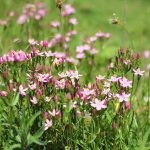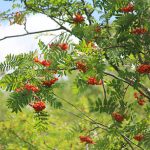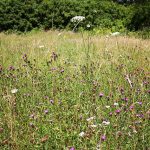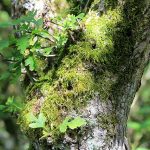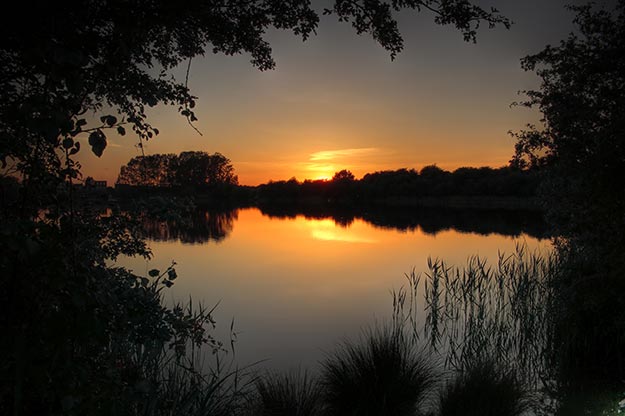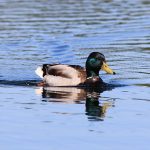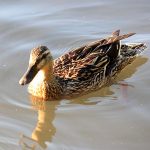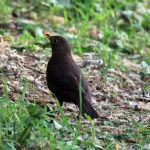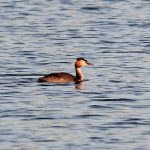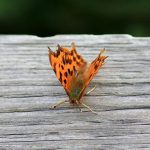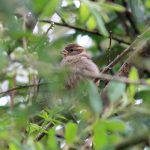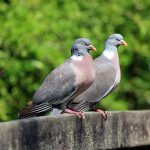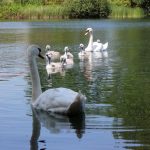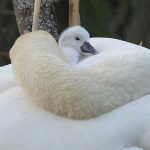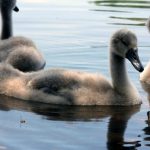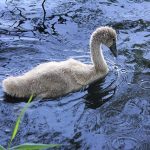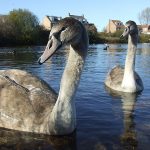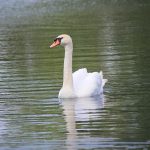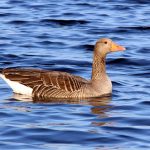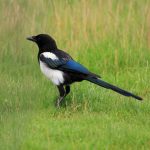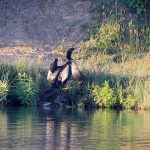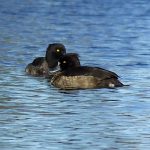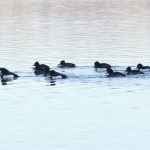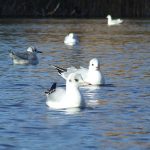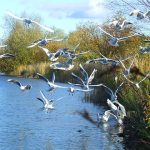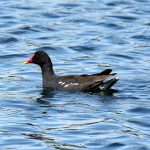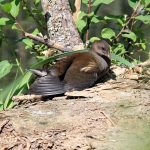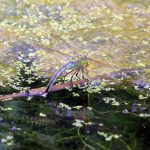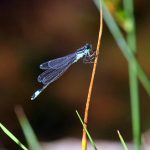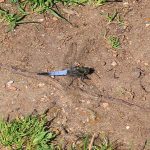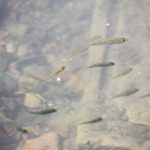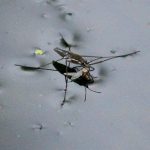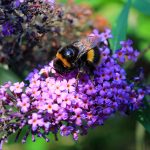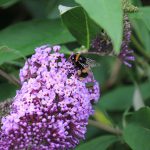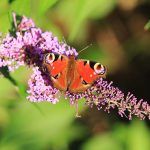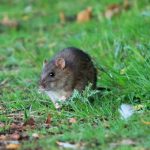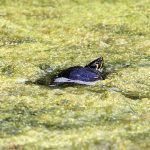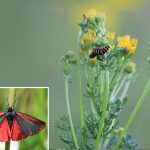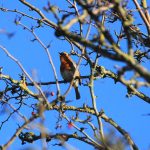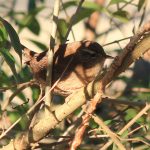Eye Nature Reserve contains a wide range of flora and fauna. According to a map developed by Forest Research tree cover across the Eye, Newborough and Thorney ward is just 1.7%, one of the lowest figures in the Peterborough area which is why havens such as this are extremely important this side of Peterborough.
The reserve provides a habitat for wetland birds including ducks, coots, geese and moorhens. The best time to see wetland wildfowl is during the winter months as they escape the harsh winters of their more northerly breeding grounds. The reed beds and finger lakes to the northern side of the reserve provide important habitats for amphibians, invertebrates and small mammals. The areas around the lake provide a wide range of plant species and during the summer months you will spot various species of butterflies and dragonflies. The trees and shrubs support other birdlife such as the more common starlings, sparrows and finches as well as dunnocks, willow warblers and fieldfares. In the winter you may even catch Canada Geese and seagulls on the lake.
Below you will find photos and further information of just a few of the plants and wildlife that inhabit the reserve. Click on any of the images to read more about them.
Wildlife
Plants
- Cow Parsley (Anthriscus sylvestris)
- Dog Rose (Rosa canina)
- Dogwood rose hips provide winter food for birds
- Common Hogweed (Heracleum sphondylium). Its non-native relative Giant Hogweed is toxic to humans.
- Foxglove (Digitalis). While very beautiful with its trumpet like blossoms, foxgloves are very poisonous to dogs, cats, and humans.
- Nettles (Urtica dioica), there are always plenty of them around.
- Fire Thorn (Pyracantha). Masses of berries in the autumn.
- The blue flowers of Wood forget-me-not (Myosotis sylvatica) growing amongst the grasses.
- Rosebay willowherb (Chamerion angustifolium) forms dense stands of bright pink flower spikes up to 1.5m tall.
- Blackberry (Rubus fruticosus) Provides autumn food for many wild birds
- Butterfly Bush (Buddleja davidii) although it can be seen as an invasive non-native species the large blooms provide lots of nectar for butterflies and bees.
- Goat Willow (Salix caprea)
- Beech Tree (Fagus sylvatica)
- Beech trees are capable of reaching 50m (160 ft) tall. The Beech Trees in the reserve are probably around 70 years old.
- Wild Privet (Ligustrum vulgare)
- Duckweed (Lemnoideae)
- Common Ash (Fraxinus excelsior)
- Knapweed (Centaurea nigra)
- Knapweed is a favourite of our pollinating insects, being a source of good quality nectar. And as well as supporting our bee, butterflies and beetles its seeds provide food for many birds
- St John’s Wort (Hypericum perforatum)
- Lady’s Bedstraw (Galium verum)
- A birch birl or burr is a tree growth in which the grain has grown in a deformed manner.
- Mushroom – The Sickener (Russula emetic) This is toxic and will cause sickness if eaten
- Common Reed (Phragmites australis) Grow around the edge of the lake
- White Dead Nettle (Lamium album)
- Common Ragwort (Senecio jacobaea)
- Yellow Sweet Clover (Melilotus officinalis)
- Common toadflax (Linaria vulgaris)
- Creeping thistle (Cirsium arvense)
- Spear thistle (Cirsium vulgare)
- Hemp-agrimony (Eupatorium cannabinum)
- Great willowherb (Epilobium hirsutum)
- Coltsfoot (Tussilago farfara)
- Common centaury (Centaurium erythraea)
- Mountain Ash or Rowan Tree (Rowan (Sorbus aucuparia))
- The wildflower meadow which in a former life was the Bowling Green/
- Spagnum moss (Sphagnum)
Sunset
Related links
- UK Common Wildflowers
- RSPB – Bird identifier
- RSPB – List of wild birds
- The Wildlife Trust for Bedfordshire, Cambridgeshire & Northamptonshire
- Male Mallard duck (Anas platyrhynchos)
- Female Mallard
- Female blackbird (Turdus merula)
- Great Crested Grebe (Podiceps cristatus)
- Comma butterfly (Polygonia c-album)
- Sparrow (Passer Domesticus)
- Wood Pigeon (Columba palumbus) Its cooing call is a familiar sound
- Swans (Cygnus cygnus) The swans really don’t like dogs so please keep your dogs on a lead when near the swans.
- Cygnet staying warm in the feathers of its parent.
- The Cygnets
- Male swans are generally bigger than the females
- Greylag Goose (Anser anser)
- Magpie (Pica pica)
- Cormorant (Phalacrocorax carbo) rarely seen in the reserve
- Two female tufted ducks (Aythya fuligula)
- Black-headed gull (Chroicocephalus ridibundus) Gulls are regular visitors in the winter when they come inland to avoid the worst of the weather on the coast.
- Moorhen (Gallinula chloropus)
- Young Moorhen
- Emperor Dragonfly (Anax imperator)
- Blue-tailed Damselfly (Ischnura elegans)
- Broad-bodied chaser dragonfly (Libellula depressa)
- What could be young Tench around the edge of the lake
- Common pond skater (Gerris lacustris)
- Bumblebee (Bombus)
- Buddleia provides plenty of nectar for the foraging bee
- Peacock Butterfly (Inachis io)
- The brown rat (Rattus norvegicus) has also made the reserve their home. Not liked by many they are intelligent and highly adaptable animals. They can cause problems because they can eat wild birds eggs, carry diseases and be prolific breeders.
- You may even see a terrapin. They are not native to this country but have been abandoned by their owners.
- Caterpillars of the Cinnabar moth (Tyria jacobaeae) feeding on the poisonousness leaves of Ragwort.
- Robin – (Erithacus rubecula)
- Wren (Troglodytes troglodytes)

